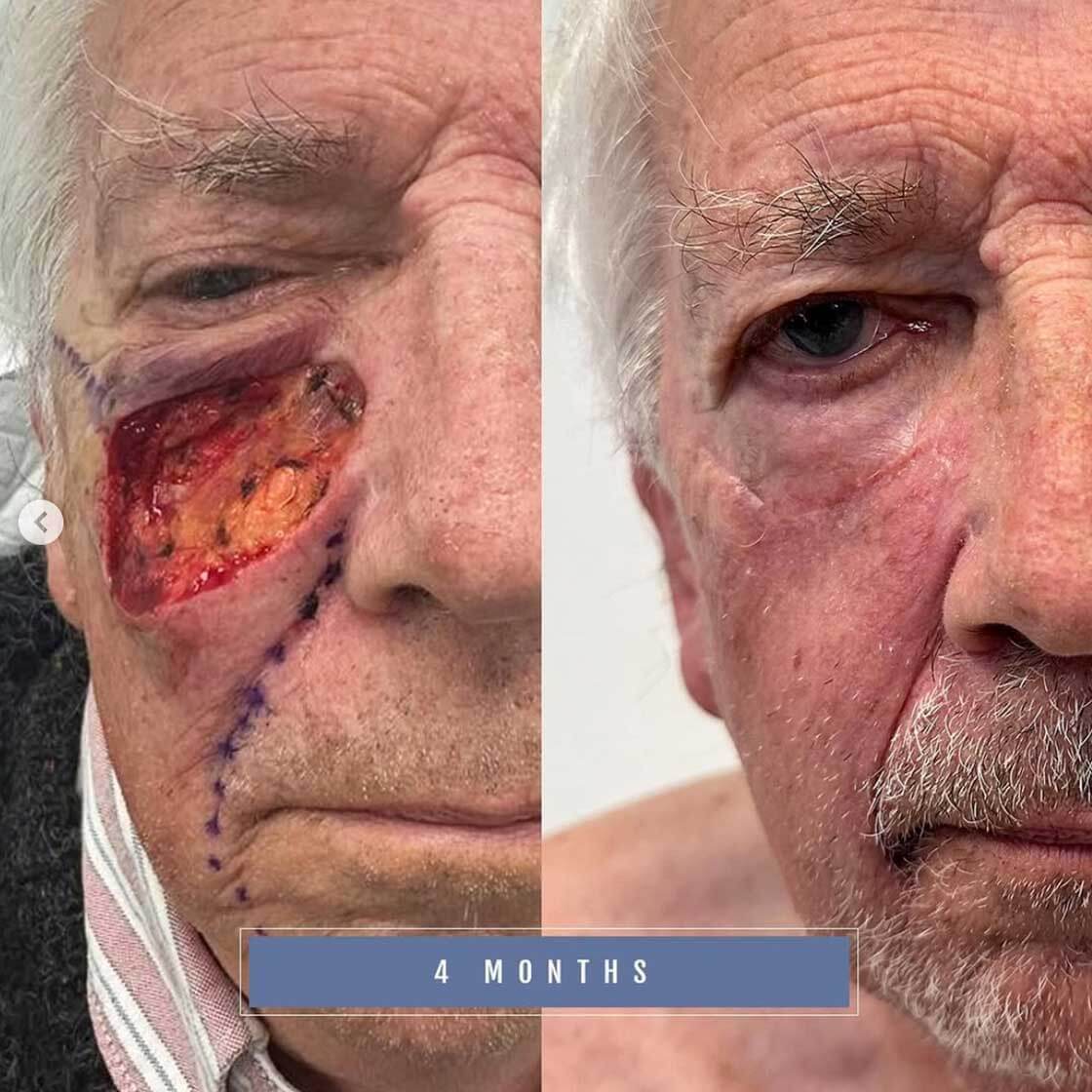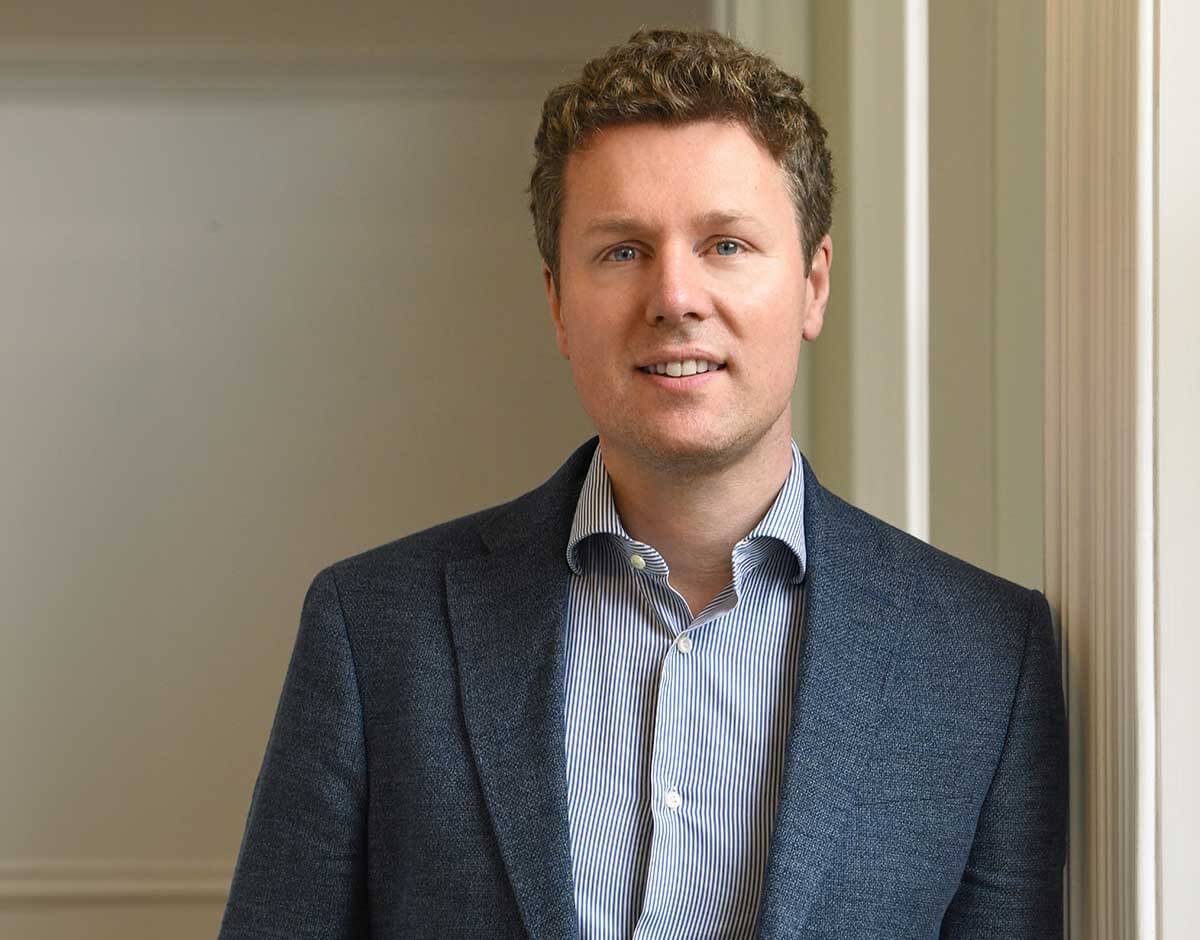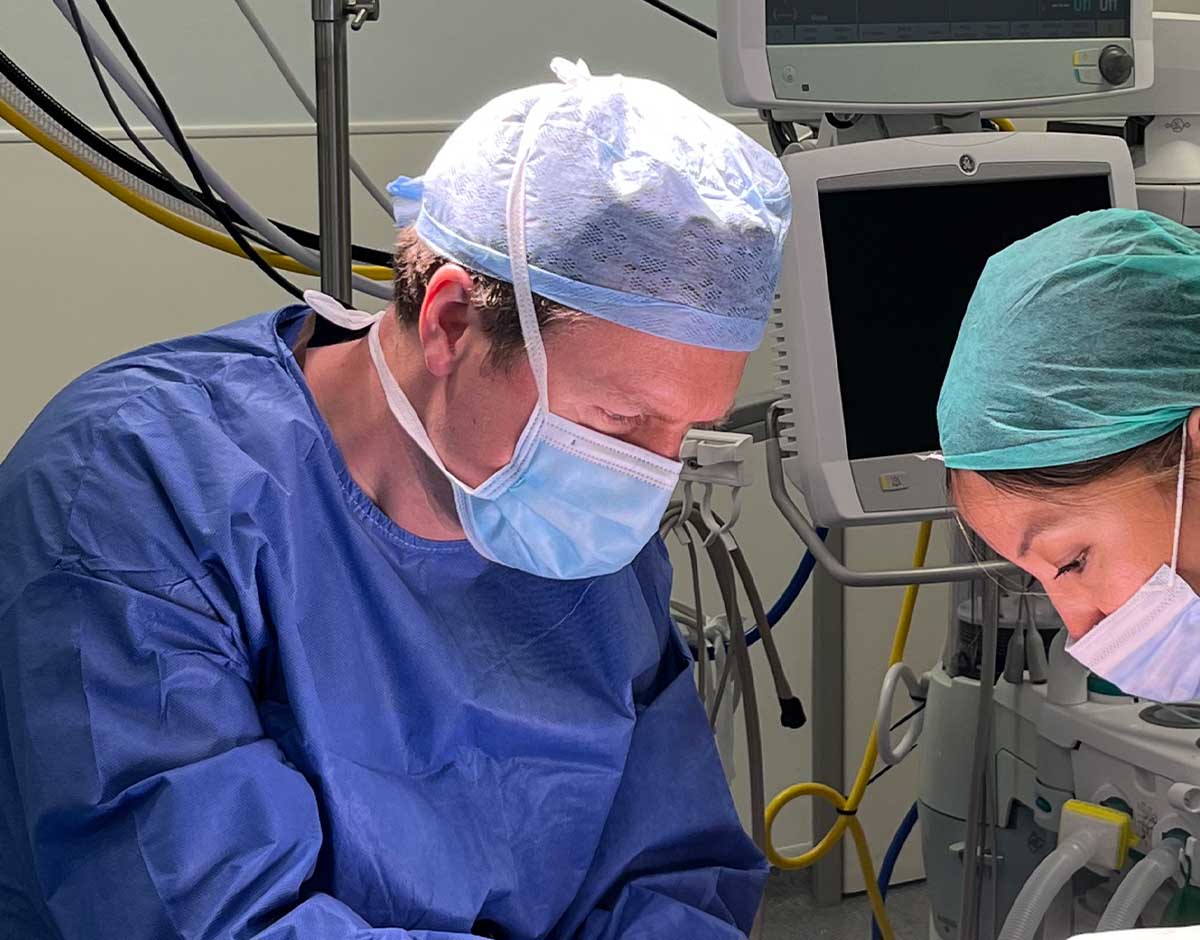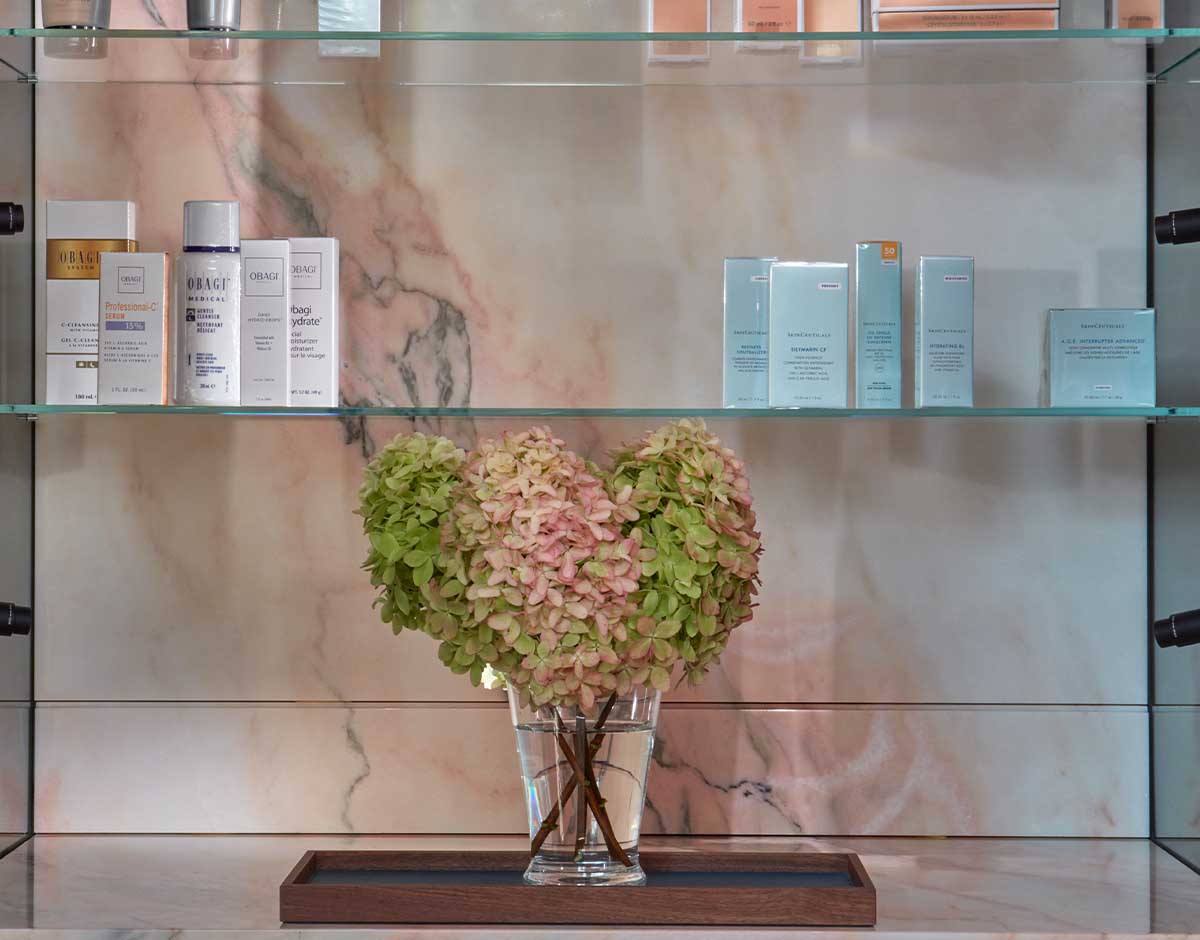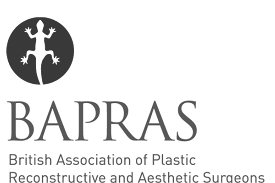-
What is Mohs Surgery Reconstruction?
Mohs surgery is a precise method used to excise skin cancers, in particular Basal Cell Carcinoma. Wounds created following Mohs Surgery are typically complex and in cosmetically sensitive areas of the face and require specialist expertise. Reconstruction is most commonly performed on the day the cancer is removed. The purpose of reconstruction is to restore the appearance and functionality of the affected area, promoting optimal healing and minimising any potential scarring.
-
Who is Mohs Surgery Reconstruction suitable for?
Reconstruction following Mohs Surgery is suitable for all individuals who wish to have Mohs Surgery to remove their skin cancer. It is imperative for a detailed and considered reconstructive plan for the wound created to enable patients to have the best functional and aesthetic outcomes possible, and minimising potential scarring.
-
What will happen at your first appointment for Reconstruction after Mohs Surgery?
Jonathan will discuss a range of potential reconstructive options. The wound size and depth following Mohs surgery can be unpredictable and Jonathan will discuss the likely reconstructive approach in addition to possible alternatives if the wound is more complex. The options will commonly include suturing the wound closed, partial closure leaving some to heal by itself, mobilising nearby tissue (local or regional flaps) or a skin graft. He will address any concerns or questions you may have and provide you with a clear understanding of the procedure and potential outcomes.
-
How painful is Mohs Surgery Reconstruction?
Pain during the surgery will be managed effectively with anaesthetic (commonly local but occasionally general anaesthetic) but you may experience a small amount of discomfort after the surgery. Over the counter pain relief is usually adequate but Jonathan may prescribe painkillers for complex reconstructions to help you manage any pain afterwards.
-
How long does Mohs Surgery Reconstruction take?
In most cases, Mohs Surgery Reconstruction can be completed in a single session and takes approximately one hour. Occasionally a second stage operation (or more) is required to rebuld the face in complex wounds. Jonathan will assess each individual case and provide an estimated timeline for the reconstruction process.
-
What results can I expect from my Mohs Surgery Reconstruction?
The aim of this procedure is to restore the normal anatomy and contours of the face by repairing the surgical defect left behind from Mohs surgery. Jonathan will carefully assess the wound and develop a customised plan to achieve a natural-looking reconstruction. While there may be some scarring initially, over time, the scars fade and become less noticeable.
-
Are there any risks associated with Mohs Surgery Reconstruction?
While major risks associated with Mohs Surgery Reconstruction are not common, they are generally outweighed by the benefits of removing the skin cancer and restoring the appearance and function of the affected area. Jonathan will discuss all the potential risks with you when you have your consultation, as well as answer any questions you may have.

Mohs Surgery Reconstruction
Skin Cancer
Reconstruction following Mohs Surgery is a common procedure and usually involves facial reconstruction and plastic surgery. Mohs Surgery is a surgical technique to treat skin cancers and has a very low rate of incomplete removal.
Mohs surgery often leaves behind significant wounds, especially when performed on the face or other highly visible areas. Jonathan has considerable experience of Mohs surgery and reconstruction following it, and usually works with a Mohs surgeon who does the removal and Jonathan performs the reconstruction. Mohs Surgery is most commonly employed in cosmetically sensitive areas such as the eyelid and nose, and reconstruction is subsequently required to rebuild the normal anatomy and restore facial appearance, minimising any visible signs of surgery.
What happens during Reconstruction after Mohs Surgery?
Jonathan will examine the wound which has been created following Mohs Surgery to consider what has been removed in terms of skin and deeper structures. Possible options for reconstruction will all have been discussed in the initial consultation.
The reconstruction will involve placement of incisions at natural boundaries (such as the sheek – eyelid junction) where possible, and must consider the skin contour and colour in that facial region. This may be achieved with direct closure of the wound with sutures, or more complex techniques such as local flaps (mobilisingn nearby tissue), occasionally regional flaps (such as a forehead flap for nose reconstruction) or a skin grafts. For more extensive wounds of the nose and ear, cartilage may be required and taken from the ear, septum of the nose, rib or donated rib (cadaveric rib cartilage). The lining (mucosa) of the nose or eyelid may also be reconstructed with a local flap of mucosa or a graft of mucosa.
Why choose Jonathan for your Reconstruction after Mohs Surgery
When considering Mohs Surgery Reconstruction what sets Jonathan apart is his unique training in all aspects of facial plastic surgery. He has undertaken further training in facial reconstruction (focusing on the nose, eyelids and ears), craniofacial and aesthetic surgery, and in Mohs Surgery itself. This comprehensive training allows him to approach Mohs Surgery Reconstruction with a unique understanding of the intricacies of the face, resulting in natural-looking and aesthetically pleasing outcomes. By choosing Jonathan, patients can have peace of mind knowing they are in the hands of a highly skilled and knowledgeable surgeon.
Faqs | Mohs Surgery Reconstruction
“Very happy with the procedure and how everything went. Thank you!”
Client Review





